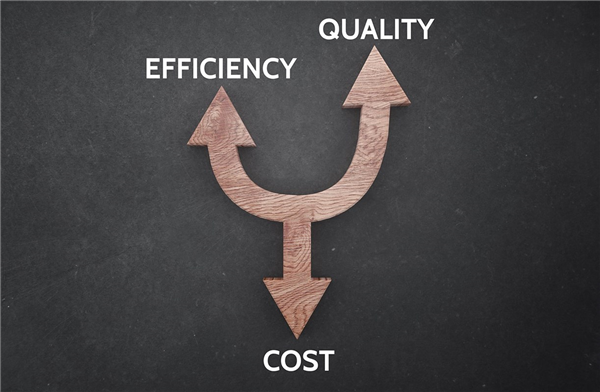- Home
- Articles
- Exnovate. What in the world is it and what does it mean?
Exnovate. What in the world is it and what does it mean?
18 January 2023

In the news, marketplace and businesses/companies of all shapes and sizes, the word 'Innovation' is thrown around like a fashionable football. There's no denying that it plays a dramatic role in disrupting every facet of our lives, but to talk about innovation is like taking a single piece of a car and talking about its 0-60 time; it's a component of a broader subject.
Exnovate v's Innovate?
 The term 'Exnovate', by comparison, barely gets a mention in any broad source, which is surprising because it's been a crucial element in the lifespan of many disruptive changes in our lives. It's such a valuable component that we need to talk about it and get as enlightened as to how it can give a competitive edge to many a new invention.
The term 'Exnovate', by comparison, barely gets a mention in any broad source, which is surprising because it's been a crucial element in the lifespan of many disruptive changes in our lives. It's such a valuable component that we need to talk about it and get as enlightened as to how it can give a competitive edge to many a new invention.
To Innovate means to bring a new piece of technology or process on board. To Exnovate, by contrast, is removing older technology and practices to make way for new developments. In a way, it's the equivalent of using forest fires to clear away the land to allow new seeds and plants to grow and prosper.
That analogy makes more sense when you think about just how much information and experiences can end up being stacked on top of one another. Exnovating, any kind of new technology or practice, can give an incredible amount of insight into how a business has created a new breakthrough.
New inventions have inevitably gone through many iterations and faced many blind alleys during the development lifecycle from concept to delivery. At the point where it is considered to be the “best of breed” there are compelling reasons to stop and reflect rather than rush forward with ever-increasing enthusiasm.
Reviewing the historical steps whereby this new creation came to fruition can declutter all false steps, ideas and assumptions that have become redundant along the way. The result is a more streamlined and repeatable process that should be cast in stone and removed from all future innovation – in other words it is “Exnovated”.
 Success from repetition
Success from repetition
The end of an innovation process is the best time to brainstorm, share and learn what worked and what failed just like the best sports teams do after every match.
Many organisations such as GE and Exxon have profited hugely by exnovating products that are deemed to be as close to perfection as current technology permits. They can be rolled out across different divisions and countries with standard documentation and training and little fear of failure.
Innovation teams can be let loose on the next generation of products, but shackled from touching those selected for exnovation.
Exnovation may seem to fly in the face of Agile developments but used wisely it can be a winning differentiator to boost quality and profitability.
Maybe it is an updated version of the phrase “If it ain’t broke, don’t fix it”
Read other Articles